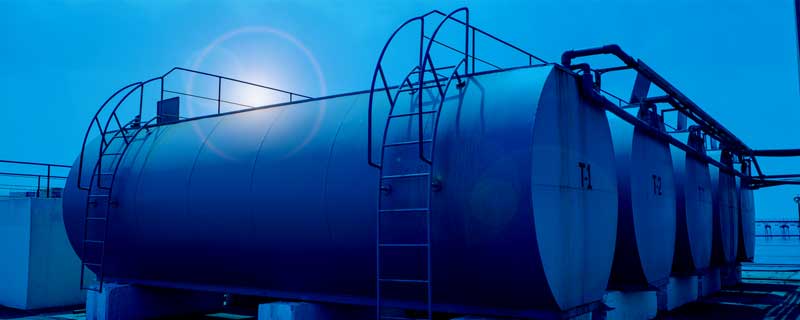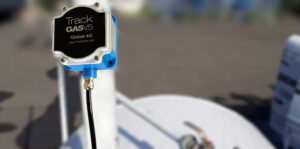Accurate Fluid Level Monitoring

Problem Statement: Traditional monitoring systems may provide inaccurate readings, leading to mismanagement of fuel levels.
Solution: Implement advanced sensors and technologies for precise and real-time fluid level monitoring.
In the realm of remote tank level monitoring, a critical pain point persists: inaccurate level monitoring. The reliance on traditional monitoring systems often results in misleading readings, potentially causing mismanagement of crucial fluid levels, particularly in industries reliant on precise inventory control such as fuel storage, chemical processing, and water management.
 The heart of the issue lies in the limitations of conventional monitoring mechanisms. Outdated sensors and technologies are prone to errors, influenced by factors like environmental conditions, sensor degradation, and calibration discrepancies. These inaccuracies can lead to significant operational challenges, including unexpected shortages, overflows, or even environmental hazards.
The heart of the issue lies in the limitations of conventional monitoring mechanisms. Outdated sensors and technologies are prone to errors, influenced by factors like environmental conditions, sensor degradation, and calibration discrepancies. These inaccuracies can lead to significant operational challenges, including unexpected shortages, overflows, or even environmental hazards.
Precise Fluid Level Monitoring
To address this pressing concern, the industry is embracing a paradigm shift towards advanced sensors and technologies designed to offer precise and real-time fluid level monitoring. These innovative solutions leverage cutting-edge sensor technologies such as ultrasonic, radar, and laser-based sensors, coupled with robust data analytics algorithms to deliver accurate and actionable insights.
One key advantage of advanced monitoring systems is their ability to mitigate common sources of inaccuracies encountered in traditional systems. Through continuous monitoring and data analysis, these systems can compensate for environmental variations, detect sensor malfunctions, and auto-calibrate to maintain optimal accuracy levels.
Internet of Things (IoT)
 Furthermore, the integration of cloud-based platforms and Internet of Things (IoT) connectivity enables remote access to real-time data from anywhere, empowering operators to make informed decisions promptly. With intuitive dashboards and customizable alerts, stakeholders can proactively manage inventory levels, schedule maintenance tasks, and optimize logistics operations with unparalleled efficiency and precision.
Furthermore, the integration of cloud-based platforms and Internet of Things (IoT) connectivity enables remote access to real-time data from anywhere, empowering operators to make informed decisions promptly. With intuitive dashboards and customizable alerts, stakeholders can proactively manage inventory levels, schedule maintenance tasks, and optimize logistics operations with unparalleled efficiency and precision.
In industries where even minor discrepancies in fluid levels can have far-reaching consequences, the adoption of advanced monitoring solutions is not just a matter of convenience but a critical imperative. By investing in state-of-the-art technologies, organizations can safeguard against costly errors, enhance operational reliability, and ensure regulatory compliance in an ever-evolving landscape.
In conclusion, the era of inaccurate level monitoring is gradually fading away as businesses recognize the transformative potential of advanced sensor technologies. By embracing innovation and prioritizing precision, organizations can navigate the complexities of remote tank level monitoring with confidence, unlocking new opportunities for efficiency, sustainability, and growth.